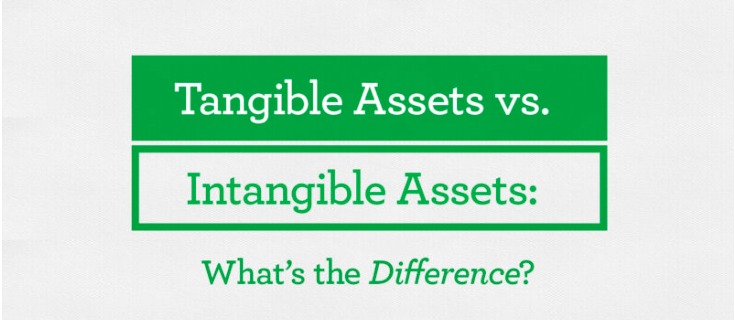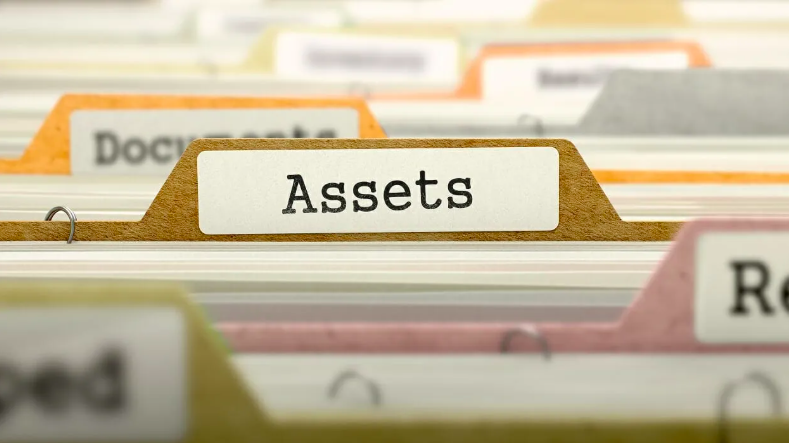
How to Reduce Vacancy Rates in Your Rental Properties
Vacancies are one of the biggest challenges for landlords and property managers. Every day your property sits empty, you lose potential income. Reducing vacancy rates requires a proactive approach, from effective marketing to tenant retention strategies. Here’s a comprehensive guide on how to reduce vacancy rates in your rental properties and keep your units occupied year-round.
1. Price Your Property Competitively
Why It’s Important: Overpricing can deter potential tenants, while underpricing can cost you money.
How to Set the Right Price:
Research comparable properties in your area using tools like Zillow, Rentometer, or local listings.
Consider offering move-in specials to attract tenants.
Adjust the rent based on market conditions and property features.
2. Market Your Property Effectively
Why It’s Important: A well-marketed property attracts more potential tenants, reducing the time it sits vacant.
Marketing Strategies:
Online Listings: Use platforms like NPC, JiJi, and PropertyPro.
Social Media: Share photos, videos, and virtual tours on Facebook, Instagram, and LinkedIn.
Professional Photos: Use high-quality images to showcase your property’s best features.
Neighborhood Highlights: Emphasize nearby amenities like schools, parks, and public transportation.
3. Offer Flexible Lease Terms
Why It’s Important: Flexible lease options appeal to a wider range of tenants.
Ideas for Flexible Leases:
Short-term leases (e.g., 6 months) for tenants who may not want a long-term commitment.
Month-to-month leases for added flexibility.
Lease renewal incentives (e.g., discounted rent) to encourage tenants to stay longer.
4. Improve Tenant Retention
Why It’s Important: Retaining good tenants reduces turnover and keeps your property occupied.
Tips for Retention:
Address maintenance requests promptly.
Communicate openly and respectfully with tenants.
Offer lease renewal incentives (e.g., small rent discounts or upgrades).
Show appreciation for long-term tenants (e.g., holiday gifts or thank-you notes).
5. Conduct Regular Maintenance
Why It’s Important: A well-maintained property attracts and retains tenants.
Maintenance Tips:
Perform routine inspections to identify and address issues early.
Keep the property clean and in good condition between tenants.
Invest in upgrades (e.g., new appliances, fresh paint) to make the property more appealing.
6. Enhance Curb Appeal
Why It’s Important: First impressions matter, and a well-maintained exterior attracts potential tenants.
How to Improve Curb Appeal:
Keep the lawn mowed and landscaping tidy.
Paint the front door and trim.
Clean the driveway, walkways, and windows.
Add outdoor lighting for a welcoming touch.
7. Offer Incentives
Why It’s Important: Incentives can make your property more attractive and encourage tenants to sign a lease.
Ideas for Incentives:
Discounts on the first month’s rent.
Waived application or security deposit fees.
Free amenities like Wi-Fi, gym memberships, or parking.
8. Streamline the Application Process
Why It’s Important: A complicated application process can deter potential tenants.
How to Simplify the Process:
Use an online application portal for convenience.
Clearly outline the requirements (e.g., income, credit score).
Respond to applications quickly to avoid losing tenants to competitors.
9. Use Technology to Your Advantage
Why It’s Important: Technology can streamline operations and improve tenant satisfaction.
Tools to Use:
Property Management Software: For rent collection, maintenance tracking, and financial reporting.
Virtual Tours: Allow tenants to explore the property remotely.
Online Rent Payments: Make it easy for tenants to pay rent on time.
10. Build a Strong Online Presence
Why It’s Important: A strong online presence helps you reach more potential tenants.
How to Build Your Presence:
Create a professional website with property listings and contact information.
Use social media to share updates, photos, and testimonials.
Encourage satisfied tenants to leave positive reviews on platforms like Google or Yelp.
11. Network with Local Businesses
Why It’s Important: Partnering with local businesses can help you attract tenants.
How to Network:
Collaborate with relocation companies to attract corporate tenants.
Partner with local schools or universities to target students or faculty.
Offer discounts to employees of nearby businesses.
12. Monitor Market Trends
Why It’s Important: Staying informed about market trends helps you adjust your strategy and stay competitive.
How to Stay Updated:
Track rental prices and vacancy rates in your area.
Attend local real estate events or join property management associations.
Subscribe to industry newsletters and blogs.
13. Offer Exceptional Customer Service
Why It’s Important: Good customer service builds trust and encourages tenants to stay longer.
Tips for Great Service:
Respond to inquiries and maintenance requests promptly.
Be polite and professional in all interactions.
Show appreciation for your tenants (e.g., holiday cards or small gifts).
14. Conduct Exit Interviews
Why It’s Important: Understanding why tenants leave can help you address issues and reduce turnover.
How to Conduct Exit Interviews:
Ask tenants for feedback on their experience.
Identify common issues (e.g., maintenance, rent increases).
Use the feedback to improve your property and services.
15. Partner with a Property Management Company
Why It’s Important: A professional property management company can help you reduce vacancies and manage your property more effectively.
Benefits of Hiring a Property Manager:
Access to marketing resources and tenant screening tools.
Expertise in pricing, leasing, and maintenance.
Time savings and reduced stress for landlords.
Final Thoughts
Reducing vacancy rates requires a combination of strategic planning, proactive management, and excellent customer service. By pricing your property competitively, marketing effectively, and retaining good tenants, you can keep your units occupied and maximize your rental income.
Remember, every property is unique, so tailor your strategies to fit your specific market and tenants. With the right approach, you can minimize vacancies and create a profitable, sustainable rental business.

 March 15, 2025
March 15, 2025



